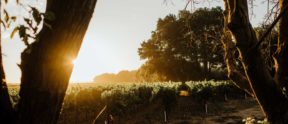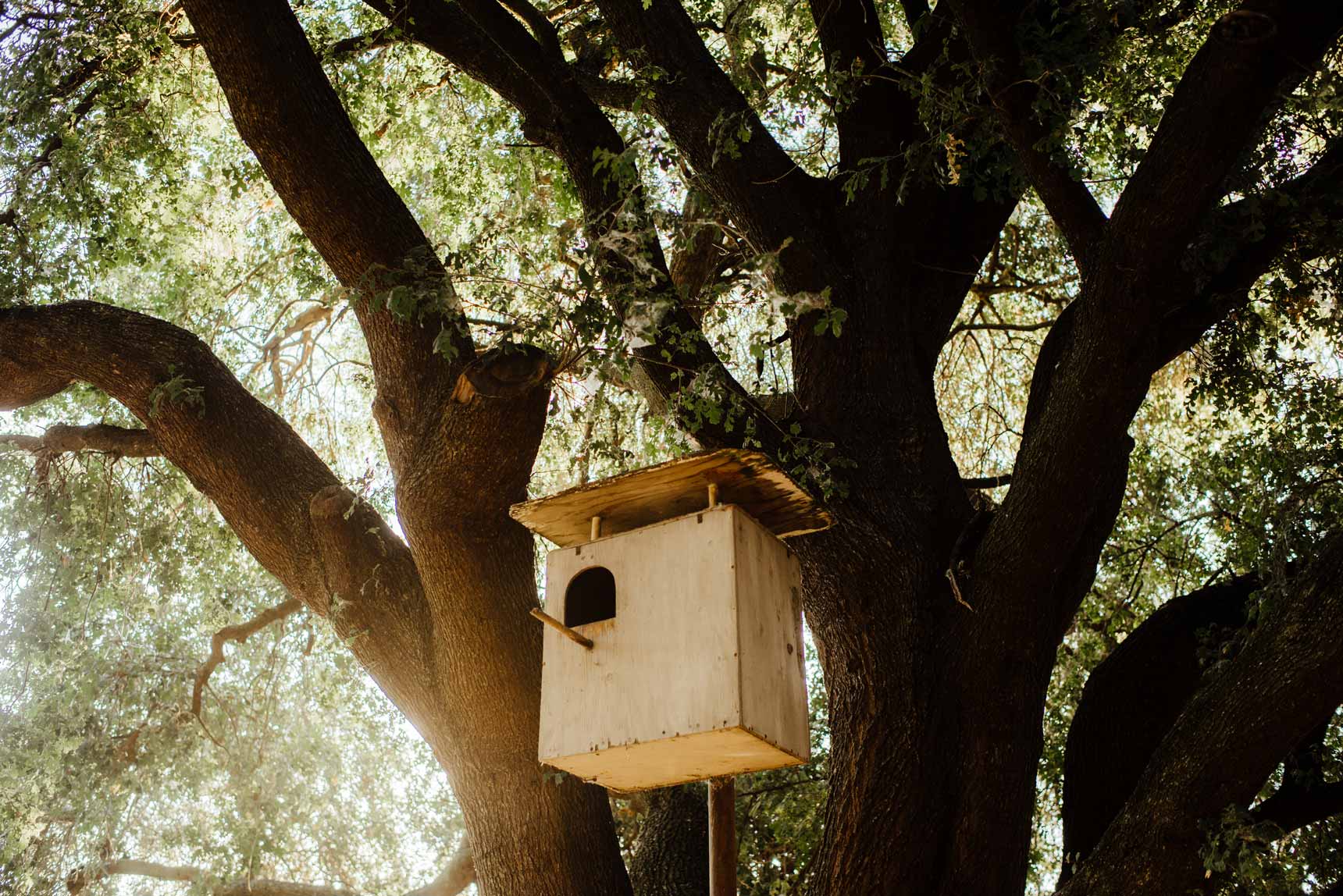
Habitat Restoration
Past & Ongoing Projects
It started with small, simple changes. We nurtured oak trees along the river, planted quail brush and native bushes, and built boxes for nesting wood ducks. We chose not to intervene when the deer snacked on vine shoots because in our minds they were just taking their share. We were doing the right thing.

The next chapter happened in 2004 when we decided to undertake a complete restoration of the area that created so many family memories, Sand Point. We really felt it was our responsibility to give back to the area that had given so much to us. The first step was removing 13 acres of vineyard and using the old gnarly vines to create small habitats for wildlife. We then replanted the area with cottonwoods, elderberry bushes, and all kinds of other plants native to California.
The transformation is incredible – spotting wildlife happens on a daily basis, and the habitat is thriving. This motivates us to continue down this path. We know we must balance viticulture with our native habitat and we live each day knowing that we’re not going to be a fifth-generation farm family without farming, protecting, and preserving the land for generations to come.
NATIVE GRASSLAND RESTORATION
Our Mokelumne Native Grassland Restoration Project serves as a carbon sequestration learning laboratory through the establishment of trees, ephemeral and structural drifts, grass matrix, large grasses and woody perennials. Our goal is to take these learnings and replicate the project to provide valuable, diverse, and multi-seasonal pollinator habitats for various life-stages of beneficial insects, birds, and other groups.
POLLINATOR PROJECT
In partnership with Center for Land-Based Learning, we began restoring four acres of uniformly mowed grassland to become a Pollinator Habitat in 2022. Following NRCS’s Wildlife Habitat Planting practices, with a focus on pollinators and other beneficial insects, we are providing a home for these species to thrive. The planting area is divided into rows of varying lengths and designed to follow existing and historic landscape vegetation patterns. Our goal? To provide and improve habitat for all types of wildlife, connect habitat areas, and create corridors so that wildlife can more easily traverse the agricultural landscape.
OUR PARTNERS
Our efforts in habitat restoration bring people together to work towards the betterment of our natural ecosystems.
Center for Land-Based Learning & SLEWS
Through our habitat restoration projects, we provide hands-on experience for high-school students in the field. Each project gives the students an opportunity to learn about the importance of agriculture and their local watershed, along with providing them a personal connection with the land.
Audubon California
With Audubon’s mission to restore and conserve natural ecosystems, they are instrumental in giving us technical advice on best practices for habitat restoration, along with hands-on assistance.
NRCS & RCD
Working hand in hand, the NRCS and RCD aid in ideation of future projects and provide advice from a technical perspective on what to plant and the location it will thrive.